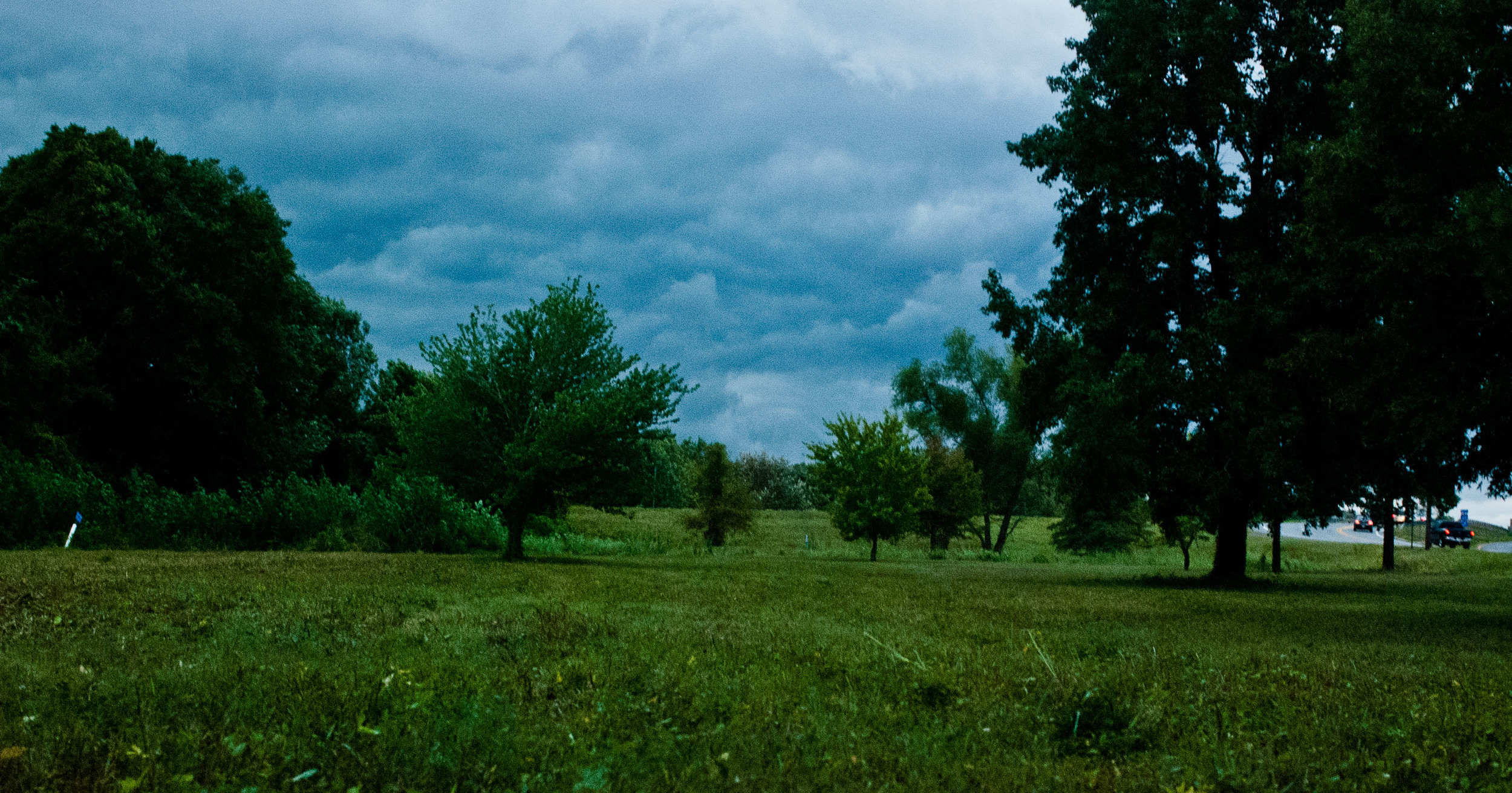HBM061: The Natural State of Hitchhiking
/Photo by Jeff Emtman
Jeff Emtman left home in the summer of 2011 to hitchhike the United States, to see if strangers would chop him up and put him in their trunks, if he gave them the option to. He was 22 years old with straight teeth, a trimmed beard and a strong fear of strangers.
Note: Explicit Content.
This episode picks up just after Jeff came a little too close to true violence, in the form of a fatal shooting at a restaurant in rural Mississippi. He turns around, decides to head back to the land of dry beds and predictability, Washington State, his home.
It was a summer of thunderclaps and heavy rain. Jeff learned to judge the weight of clouds, learned to determine when they might fall from the sky from holding too much rain (see photos below).
It was also a summer of uncertain interactions with strangers, including a lead-footed grandmother, a chain gang, a child who could nearly levitate, and a car mechanic who whispered into Jeff’s ear a strange blessing.
This episode takes place roughly in between two previous episodes of Here Be Monsters about Jeff’s hitchhiking. The two previous episodes are How I Learned to Love Rejection, parts 1 and 2. Jeff’s full photo/audio diaries from the trip live here.
This piece was written and produced by Jeff Emtman, with editing help from David Weinberg, Nick White, Bethany Denton and Rebecca Brunn.
Music: The Black Spot | | | Serocell | | | AHEE (New!)
This episode marks the beginning of our 5th season of Here Be Monsters. That means that we’re bringing you another 20 wonderful, beautiful and troubling stories over the next 9-ish months. We’re currently working on stories about posession, brain tumors, and flesh eating beetles. Keep an eye out on your podcast feed every other Wednesday.































